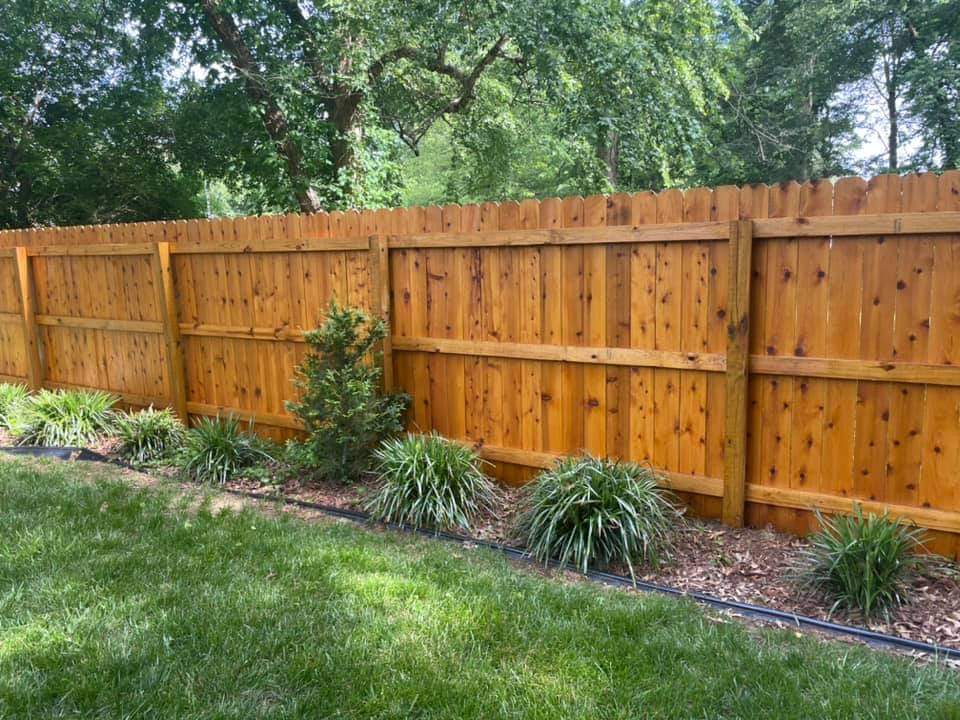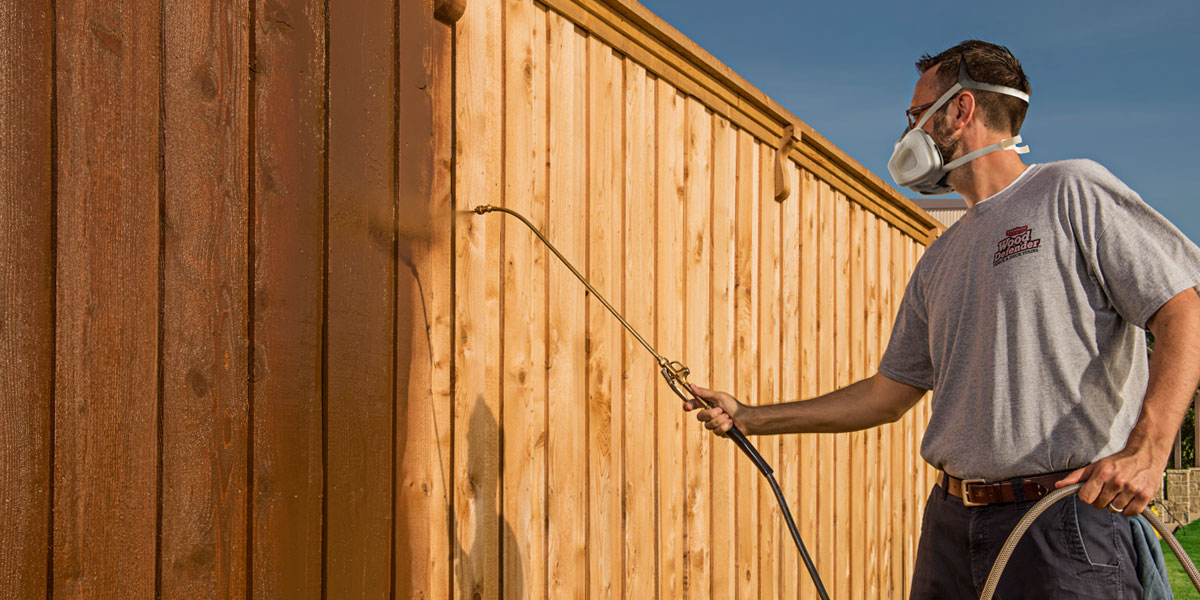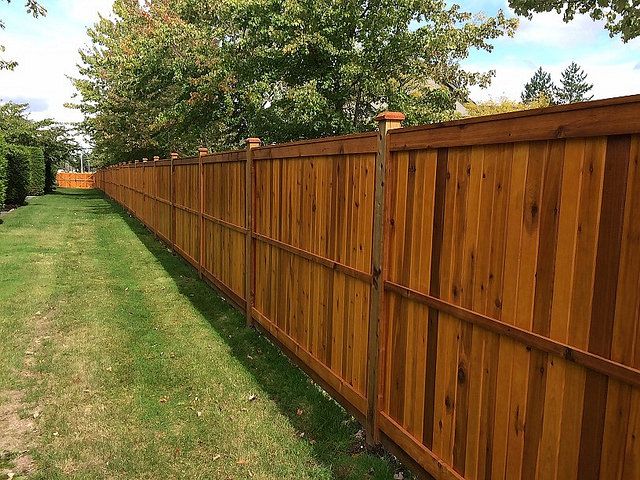The Ultimate Guide to Fencing Discoloration: Tips and Techniques You Need to Know
In the realm of home maintenance, fencing staining typically becomes a job that needs attention but is regularly overlooked. The process involves more than just slapping on a coat of discolor; it demands accuracy, expertise, and the best strategies to make certain a durable and aesthetically enticing outcome. Whether you are a seasoned DIY fanatic or a property owner seeking to enhance the aesthetic allure of your building, recognizing the nuances of fence discoloration can make a substantial difference. Let's discover the complexities of this relatively straightforward yet surprisingly complicated task to unlock the tricks that can change your fencing from a simple boundary to a standout function of your outdoor area.
Advantages of Fence Discoloration
What advantages does fence staining deal to house owners seeking to improve both the look and longevity of their outdoor frameworks? Fence discoloration gives various benefits that make it a popular option for house owners looking to shield and improve their fencings.
In addition, fencing discoloration aids to secure the timber from the elements, such as rainfall, snow, and UV rays. This defense not just protects against the wood from rotting and decomposing yet also prolongs its life expectancy, saving homeowners cash on expensive repair work or substitutes in the long run. Fence Staining Service. Furthermore, discoloring produces a barrier against insects, such as termites and woodworker ants, which can cause significant damages to without treatment wood fencings
Selecting the Right Spot

One more element to think about is the level of security you want for your fencing. Transparent discolorations give minimal protection against UV rays and wetness, while semi-transparent and solid stains offer enhanced protection. If your fence is revealed to harsh weather conditions, a solid discolor may be the very best choice to make sure optimum resilience.

Preparing Your Fencing
Before using the picked discolor, thorough preparation of the fence surface area is vital to guarantee optimal results. Begin by cleansing the fence to get rid of dirt, particles, and any old discolor or repaint. Use a stress washer or a rigid brush with a cleansing service to scrub the surface area thoroughly (Fence Staining Nashville). Enable the fencing to dry entirely before continuing. Next, evaluate the fence for original site any kind of signs of damages such as cracks, splinters, or loose boards. Make necessary repairs to make certain the fencing is structurally sound.
After cleaning and repairing, it is vital to sand the fencing to develop a smooth surface area for the stain to adhere to. Utilize a medium-grit sandpaper to eliminate any kind of harsh spots or blemishes. Wipe down the fencing with a tack towel to eliminate any continuing to be dirt bits.
Applying the Discoloration

When applying the tarnish, function methodically section by section, beginning from the top and moving downwards to stop drips and ensure also insurance coverage. Usage long, smooth strokes to apply the stain towards the wood grain, enabling for better penetration and a more professional surface. Make sure to maintain a damp edge to avoid lap marks and overlap each stroke somewhat to blend the stain effortlessly. When the first layer is full, permit it to dry according to the producer's directions prior to deciding if a second coat is necessary for added defense and long life.
Keeping Your Stained Fencing
To make sure the longevity and aesthetic appeal of your discolored fence, routine maintenance is necessary. Additionally, it is vital to keep an eye on the sealer on your stained fencing and reapply it as required to secure the wood from wetness and UV damages. By complying with these upkeep suggestions, you can make certain that your discolored fencing stays in leading condition for years to come.
Verdict
Finally, fence staining uses numerous advantages such as protection versus weathering and improving the aesthetic allure of your residential or commercial property. By selecting the best tarnish, effectively preparing your fencing, using the tarnish correctly, and maintaining it on a regular basis, you can guarantee your fencing stays in top problem for years to come. Complying with these pointers and techniques will help you achieve a perfectly tarnished fence that will stand the test of time.